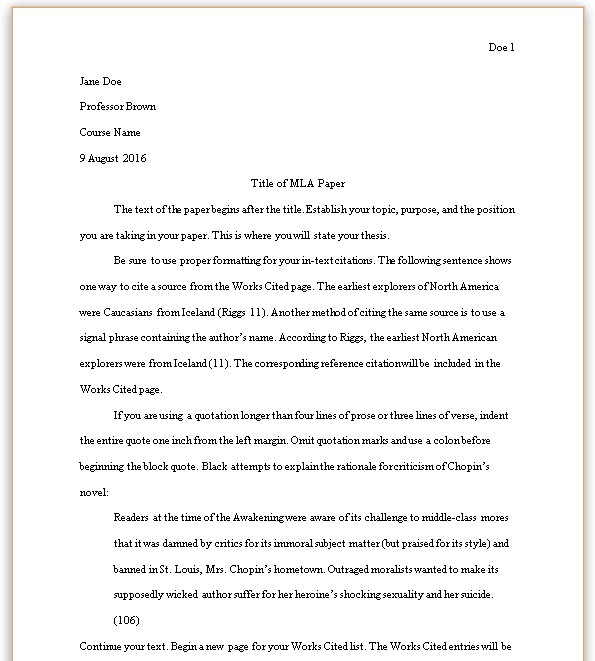The Writing Process: A Comprehensive Guide for Academic Success
Welcome to Kampus Guide! Whether you’re a novice writer, a seasoned student, or an academic professional, understanding the writing process is essential for producing compelling and effective written work. This blog delves into the intricacies of the writing process, breaking it down into clear phases, providing examples, and addressing frequently asked questions to help you navigate your writing projects with confidence.
What is the Writing Process?
The writing process refers to the steps that writers follow to create various forms of written content. It can be applied to essays, research papers, articles, and even creative writing. Understanding these phases can enhance your writing efficiency and improve the quality of your work.
The Phases of Writing
- Pre-Writing
- Brainstorming: Before you put pen to paper, it helps to gather your thoughts. Consider free-writing or creating mind maps to explore ideas.
- Research: If your topic requires information, conduct thorough research. Use reliable sources to gather facts, statistics, and quotes.
- Outlining: Organize your thoughts by creating an outline. This will serve as a roadmap for your writing, ensuring a logical flow.
- Drafting
- First Draft: Begin writing your first draft based on your outline. Don’t worry about perfection; focus on getting your ideas down. At this stage, it’s okay to write freely without self-editing.
- Introduction and Thesis Statement: Craft a compelling introduction that captures the reader’s attention and presents your thesis statement, outlining the main argument of your piece.
- Revising
- Content Review: After finishing your first draft, take a break before revising. Identify areas that need enhancement, such as clarity, structure, and coherence. Ask yourself if you have adequately addressed the prompt or thesis.
- Adding or Removing Content: Cut out irrelevant sections and add any necessary elements to strengthen your arguments.
- Editing
- Grammar and Style: Focus on correcting grammar, punctuation, and spelling errors. Ensure that your writing adheres to the appropriate style guide (e.g., APA, MLA).
- Read Aloud: Reading your work aloud can highlight awkward phrasing and errors that you might overlook when reading silently.
- Publishing
- Final Review: Conduct a final check to ensure your work meets all requirements, including formatting and citation style.
- Submission: Once you’re satisfied with your polished piece, submit your work to the intended audience, be it a professor, journal, or online platform.
Example of Writing in Action
Let’s take a look at a small example to illustrate the writing process:
Topic: The Importance of Time Management for College Students
Pre-Writing
- Brainstorming: What are the benefits of time management? What challenges do college students face?
- Research: Find statistics on student workload and effective time management strategies.
- Outline:
- Introduction
- Definition of time management
- Importance for college students
- Benefits of Time Management
- Improved academic performance
- Reduced stress levels
- Challenges in Time Management
- Procrastination
- Distractions
- Strategies for Effective Time Management
- Using planners and apps
- Setting priorities
- Conclusion
- Recap importance and encouragement to practice time management
- Introduction
Drafting
Here’s a snippet of what a paragraph might look like in the first draft:
“Time management is a crucial skill for college students. Learning to prioritize tasks and allocate specific times for studying can lead to improved academic performance. For instance, a survey conducted by the American College Health Association found that students who engage in effective time management techniques attain higher GPAs than their peers. By managing their time wisely, students can reduce stress levels and create a better work-life balance.”
Revising and Editing
After reviewing the draft, you might find that your argument needs strengthening or additional examples could improve clarity. You may also spot grammatical issues or awkward sentences that need rephrasing.
Publishing
Finally, after polishing your work, you submit it to your college professor or an online publication for feedback.
Frequently Asked Questions (FAQs)
Q1: How long should a writing piece take to complete?
A1: The time required to complete a writing piece varies based on its length, complexity, and individual writing speed. Setting aside ample time for each phase—especially rereading and revision—can significantly enhance your final product.
Q2: Can I skip any phases of the writing process?
A2: While it’s tempting to skip phases for the sake of time, each stage plays an integral role in developing clear and coherent writing. Skipping pre-writing may lead to aimless writing, while neglecting editing may leave errors unaddressed.
Q3: What if I get stuck during writing?
A3: It’s common to experience writer’s block. If this happens, try stepping away for a bit, brainstorming new perspectives, or discussing your ideas with someone else. Sometimes, switching up your writing environment can also help.
Q4: Are there specific tools that can aid the writing process?
A4: Yes, there are various tools available to facilitate each phase of the writing process. Some popular options include:
- Outlining: MindMeister, Google Docs
- Writing: Microsoft Word, Grammarly for grammar and style checks
- Research: Google Scholar, JSTOR for academic articles
Conclusion
Understanding the writing process is vital for anyone involved in academic writing or professional writing. By breaking down the process into manageable phases—pre-writing, drafting, revising, editing, and publishing—you can enhance your productivity and the overall quality of your writing. Remember that effective writing is a skill that develops over time; embrace the process and enjoy the journey of expressing your ideas through words.
At Kampus Guide, we’re dedicated to providing you with the tools and knowledge necessary to succeed in your writing endeavors. Happy writing!


